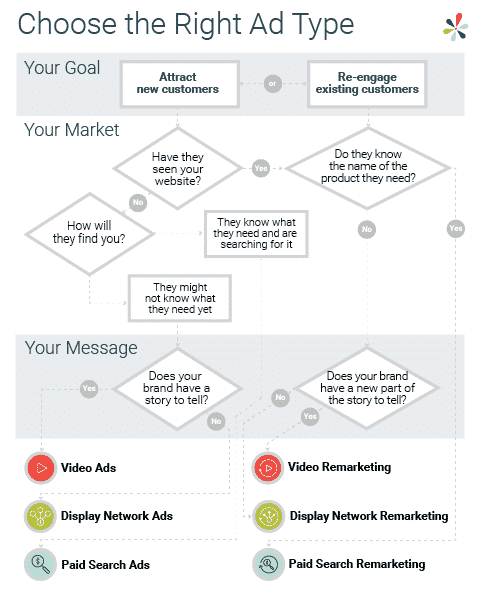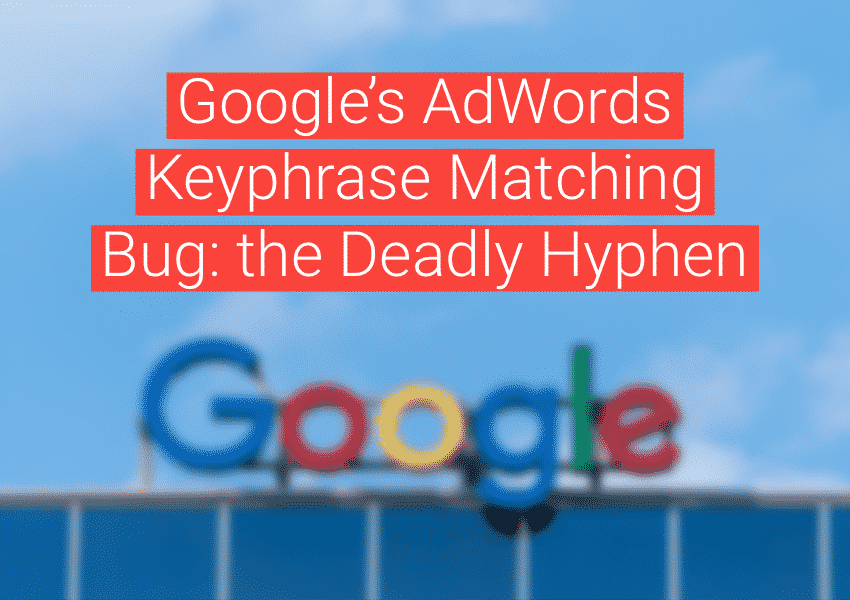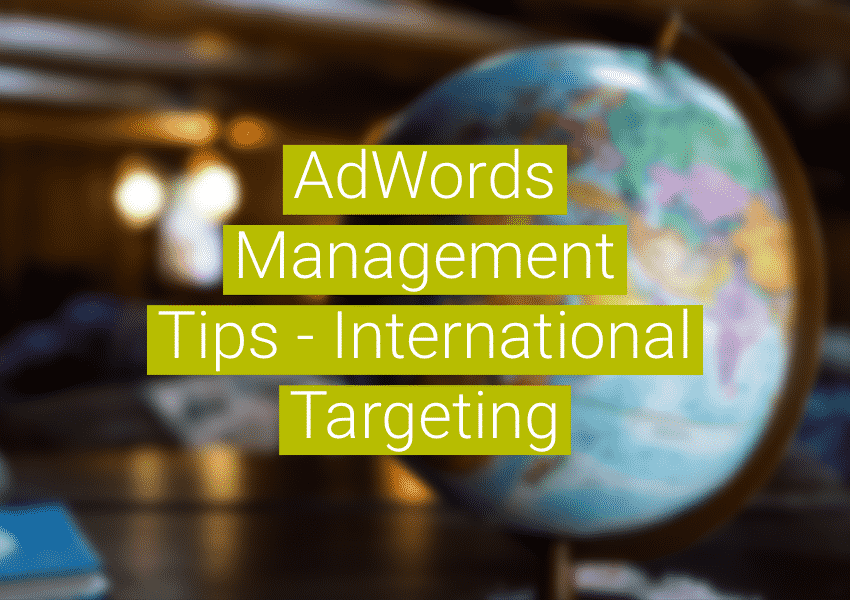In an ideal universe, your online ads would have a high click-through rate, a low cost-per-click, and generate lots of conversions. But finding that magic formula requires an understanding of the different types of digital ads that are available as well as the strengths and weaknesses of each.
Take the mystery out of picking the right ad type for your business goals—download our free tip sheet, Choosing the Best Ad Type.
Successful digital advertising
At the end of the day, advertising is only as effective as the planning that goes into it. You may have heard the phrase, garbage in: garbage out – it’s completely true. When businesses buy ads without a plan, it shows in the quality of their copy and the sparse results they reap. But, matching ad types to marketing goals is not something that requires an advanced marketing education. All you need is some background knowledge.
But before you begin, remember, every marketing campaign should be matched to a business goal. For example, generating leads and sales are common goals, especially in e-commerce.. However, that’s only part of the plan. The rest revolves around who is being targeted and how close they are to purchasing at the time when they see an ad. Once you have these basic questions answered, you can then select the appropriate ad type to meet you and your user’s needs.
Four types of digital ads
Paid search ads (PPC)
Search ads often show up as additional entries on a search engine results page (SERP). They appear above the organic results, and are labeled with the word “ad.” The purpose of these ads is to inform users who are searching for a particular product or service that a business has it. In terms of buyer behavior, the search occurs after a potential customer has recognized that they need something and before they make a decision on a product/service provider.
Paid search ads may be used to re-engage existing customers, but their main purpose is to attract new customers who are not familiar with your business. According to benchmarking data released by Google, the average click-through rate (# clicks / # impressions) across all industries is 3.17%, but they range from 2.09% (the average CTR for technology search ads) to 6.05% (the average for “dating and personals” industry ads).
As always, please use benchmarking data wisely: there is often a temptation to gauge a campaign’s success against these figures, but every business is different and factors such as your geographic area and target demographics may affect your ads’ performance, for better or worse.
Display ads
These types of ads appear on high-traffic websites such as blogs, news sites, or social media platforms. They can be text, video, or static images. Targeting options vary across platforms, but it’s common that advertisers are able to request placements on pages that are relevant to their desired audience.
Display ads can also be shown to new or existing customers, but they don’t require a user to be actively searching for a product/service to be shown. In this way, display ads are a lot like door-to-door sales: of the people who view the ads, about 0.46% will be interested in purchasing or learning more, and click on the ad (compared to the audience who view a paid search ad). That being said, they are still valuable because they can help promote brand awareness, as well as remind users of a product/service need, which may motivate them to click and convert.
Display ads are also comparatively cheap – the average cost-per-click is about $0.63, versus paid search ads, which range from$1.16 to $6.75 per click on average.
Social ads
Many social media platforms — such as LinkedIn, Facebook, Twitter, and Instagram — offer their own digital ad options. Social ads offer an unprecedented level of audience targeting, so you can reach a very specific demographic at the most relevant time.
The specific ad types available and their cost will vary depending on your campaign objectives, target audience, and the platform you choose. LinkedIn, for example, is popular for B2B companies and offers a number of digital ad formats, including Sponsored Content, Sponsored Messaging, Video Ads, and more. Instagram, on the other hand, may be a better choice for B2C companies with more visual products, like fashion and lifestyle brands.
Video ads
Video ads share the majority of their parameters with display ads; they are low cost to serve, they can show up on a larger cross section of the internet, but interactions tend to be low-value because the majority of viewers have not yet decided to make a purchase. The main reason to use video advertising rather than a broader-circulating display ad is if your brand has a story to tell that lends itself to video, as well as the capacity for video production and editing. However, modern smartphone technology ensures that nearly everyone has the ability to produce high-quality video.
What is remarketing and is it right for you?
The digital ad types listed above come in another flavor: remarketing, or retargeting. This technique isolates a subset of users, either by collecting data from them on your website, or by accessing a list of contacts already prepared by your team, and targets them, specifically. For example, while shopping online, you click on a product, but do nothing more. Later that day, you see a picture of that product in the sidebar of your favorite social media network.
While remarketing may not be appropriate for every company (for example, it can be a big turn-off to some customers), it can generate more clicks and more goal completions than other forms of digital advertising because these ads reach people who have already shown interest in your product or service by visiting your website at least once.
Paid search remarketing
Paid search remarketing is the same format as a paid search ad, but shown only to users who are recognized. This means that the ad content can be more specific – like picking up a conversation later in the day.
Display remarketing
Display remarketing ensures that users get a chance for a second look at your product without having to navigate through your website again. This saves them time and is less aggressive than other marketing tactics.
Video remarketing
This type of remarketing has the same benefits as display remarketing, but in video form, which means that your brand’s story can be told as effectively as possible.
Putting it all together
Once you have a good understanding of your market, your business goals, and the types of digital ads available to you, it’s easier to begin targeting your campaigns for optimal performance. We’ve created this handy flowchart to help you take the guesswork out of choosing the right ad type for your business needs.
Photo credit: Dice by Daniel Dionne, CC BY-SA 2.0; added digital advertising logos and overlaid flowchart.





